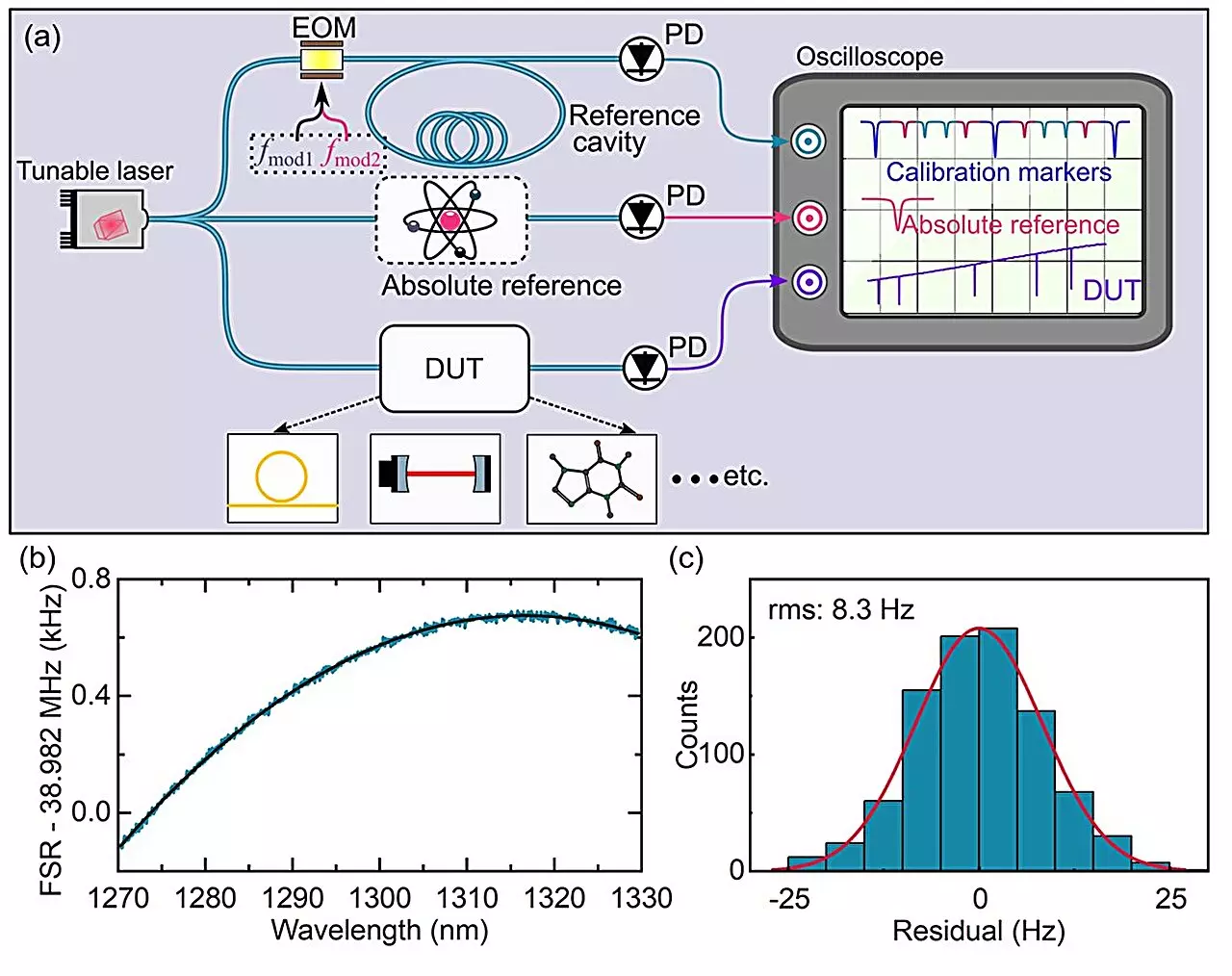Since the first demonstration of the laser in the 1960s, laser spectroscopy has made significant advancements in studying the structures and dynamics of atoms and molecules. With the enhancement of laser technology, laser spectroscopy has become an essential tool in various scientific applications.
Frequency comb-based laser spectroscopy has revolutionized precision frequency measurements, with accuracy up to 18 digits. This high level of precision has led to breakthroughs in optical clocks, gravity sensing, and the search for dark matter. Despite its advantages, frequency comb-based laser spectroscopy faces challenges such as low power per comb mode and gaps between comb modes, requiring additional techniques for measurement of spectrally narrow features. Additionally, achieving long-term coherence for high-precision measurements demands complex stabilization systems.
On the other hand, tunable CW lasers offer high photon flux, long interaction paths, and frequency agility, making them ideal for applications such as molecular spectroscopy and gas sensing. However, fluctuations in laser frequency scan speed are common in these systems. Various methods have been developed to address these fluctuations, ranging from interferometric approaches to optical frequency combs. The combination of frequency-comb-calibrated tunable laser spectroscopy aims to provide both accuracy and high power for sensitive spectroscopic applications.
Researchers at the Max Planck Institute for the Science of Light have introduced a new broadband spectroscopy method with Hz-level precision using a tunable laser. This technique involves on-the-fly calibration of the laser frequency using a fiber cavity and a dual radio frequency (RF) modulation technique. By precisely tracking the laser color at each time point, the method offers calibration markers for measuring optical frequency distances with ultra-high precision. The researchers achieved remarkable results, measuring deviations in the free spectral range of a fiber loop cavity with sub-10-Hz precision over an 11-THz frequency range.
Compared to existing methods, the new broadband spectroscopy method offers higher optical probe power, better spectral flatness, and improved polarization stability. Its versatility extends to characterizing spectral features of integrated photonic devices and measuring molecular absorption spectra with exceptional precision. The method’s simplicity and robustness make it suitable for a wide range of applications, including LIDAR systems, 3D imaging, trace gas sensing, and calibration of astrophysical spectrometers.
The evolution of laser spectroscopy has seen significant advancements, from frequency comb-based techniques to tunable CW laser spectroscopy and the development of a new broadband spectroscopy method. Each approach has its strengths and limitations, but the collective progress in laser spectroscopy has paved the way for groundbreaking discoveries and applications in various scientific fields. The critical analysis of these techniques highlights the importance of continuous innovation and refinement in laser spectroscopy to meet the demands of modern research and technology.


Leave a Reply